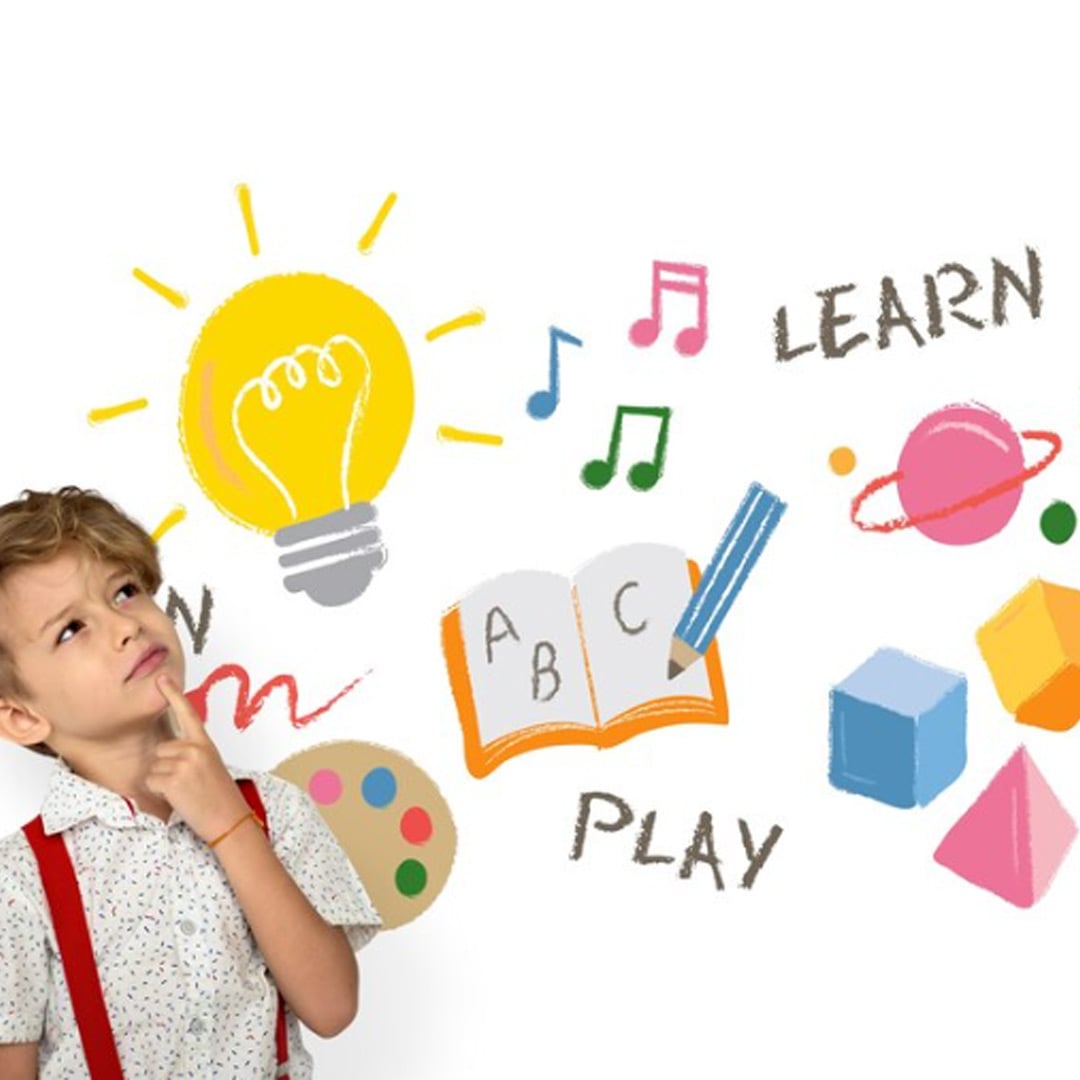

Please enter the code we just sent to whatsapp 91-11-46710500 to proceed
Didn't Receive OTP?

Preschool serves as an intersection where kids first encounter education, and as such, should be treated with care. Everything from learning ABCs to singing nursery rhymes is building the framework for a child’s learning later in life. An adequate early childhood education curriculum is aimed at nurturing curiosity and social-emotional development while easing a child into essential academics and life skills.
What should be put in the preschool curriculum? Let’s explore this comprehensive guide on the best preschool teaching activities, primary focus areas, and crafting a balanced education for the little learners.
Each preschool program should have the emphasis on language at its core. Creating verbal and listening competencies alongside reading and initial writing skills all have to be incorporated.
What to include:
a) Storytime and other reading activities
b) Letter recognition and phonics lessons
c) Tracing their names or doing fine motor tasks that involve writing
d) Playing vocabulary games and using picture cards
These activities and exercises furnish a basis for reading and writing—bolstering a child's comprehension, imagination, and communication.
Mathematics in preschool is the identification of patterns, comparing, sorting and understanding numbers, rather than rote learning of multiplication tables.
Counting objectives with everyday objects follows shape and color recognition and simple addition and subtraction with visuals. These preschool learning activities help children understand quantity, size, and order and prepares them for logical reasoning.
Young children have not yet learning to comprehend and relate themselves to others. Social and emotional learning (SEL) needs to be integrated into any preschool curriculum.
Important aspects:
Cooperative games and group play
Sharing and taking turns
Emotion expression and regulation through puppetry, art or storytelling
“Feelings” charts and emotion cards
They are taught empathy, patience, cooperation, emotional self-regulation, which becomes essential for school readiness and with their future.
Children in preschool should develop their fine (small muscles) and gross (large muscles) motor skills through intentional play.
Best activities for development of physical skills:
Yoga, dancing, running and jumping for gross motor skills
Coloring, drawing, building blocks and threading beads for fine motor skills.
Even young children can be some of the best problem solvers there are! Children in preschool (aged 3-5) should be given the opportunity to think critically and solve problems of varying complexity.
Add in activities such as:
Basic science experiments (e.g. sink or float?)
Playing games that aid in remembering and matching
Legos and magnetic tile construction
Cause and effect activities
These help nurture curiosity, focus, and reasoning skills, which helps young children become little pioneers.
Preschool promotes free expression, and for good reason. Art education, music education, and drama education aren’t purely for leisure; these activities boost emotional development and nurture creativity.
Some things to add are:
Finger painting, collage making, and mud sculpting
Singing, dancing, and playing simple musical instruments
Pretend play, dress-up corner, and puppet theatre
Creation of stories and acting them out
Expression is crucial in helping children regulate their emotions while also nurturing the imagination, self-confidence, and the narrative form.
An often disregarded yet vital feature of solid preschool curriculum is fostering independence and life skills.
Incorporate:
Feeding class pets, watering plants, and tidying up as simple chores
Self-care routines including handwashing, dressing up, and toilet use
Using polite and courteous language and mannerisms
Setting routines and following instructions
These actions help in developing the responsibility and self-confidence children require in kindergarten, and during the subsequent phases in their educational journey.
Diversity and multiculturalism should be implemented at this stage as we encourage preschoolers to learn about different traditions, cultures, and languages to promote respect within children for different ethnicities and ideals.
Ideas to include:
Celebrating global festivals
Teaching other language’s basic terms
Reading multicultural storybooks
Sharing family traditions and other cultural items
This provides further acceptance that helps children understand the world’s richness from a young age.
For children to grow, they connect more with nature in learning. The best preschool curriculum has learning in and about the natural world.
Nature Activities
Nature walks and outdoor explorations.
Sowing seeds and their growth observation.
Studying the weather and seasons.
Recycling and eco-awareness lessons.
Outdoor learning enhances mental and physical well-being and promotes responsibility towards the environment.
Truly effective early childhood education curricula recognize the balanced play and structured learning, creativity, and care. Such curricula support the whole child-mind, body, and spirit.
In answer to the question, "What constitutes a preschool curriculum?" it certainly does not lie in deluging children with information; rather, the preschool experience encompasses an environment that is enjoyable, safe, and stimulating, packed with the most effective preschool learning activities to inspire early curiosity, the establishment of foundational skills, and preparation for a lifetime excitement of learning.
The right preschool curriculum transforms preschool into a launching pad for an ever-brighter future-full of confidence and capability-every bit in reach.
Shape Your Kid's Future with Bambinos Classes | Bambinos.live India's No. 1 English Communication Platform For Kids | Click here to Book a Free Class Limited time offer.